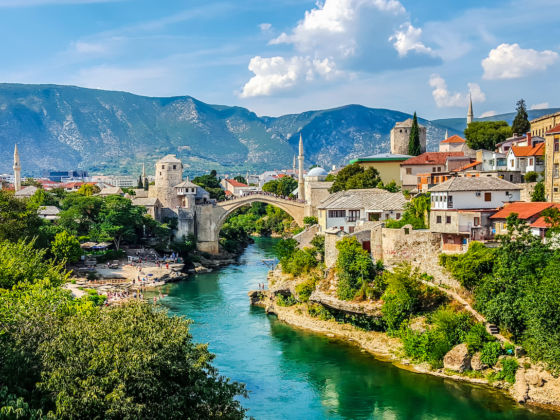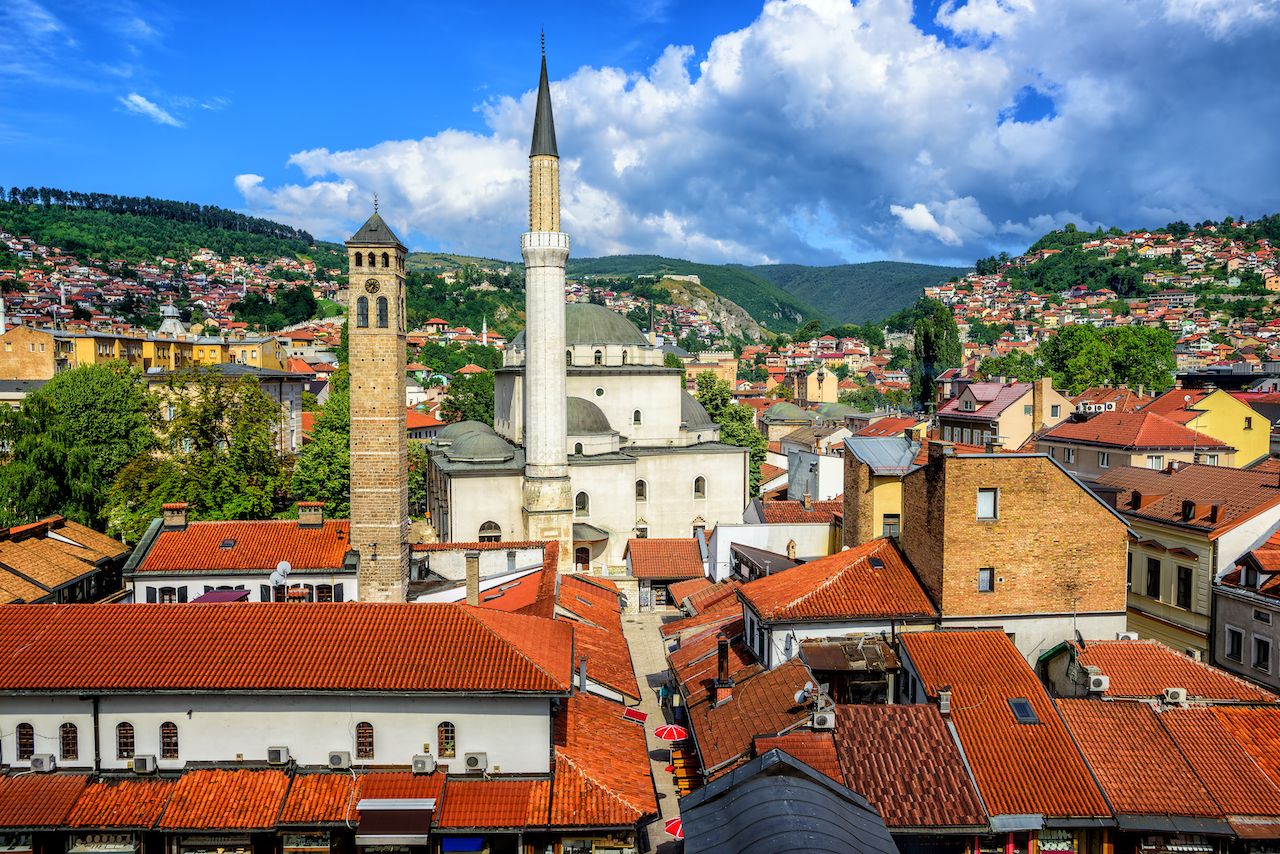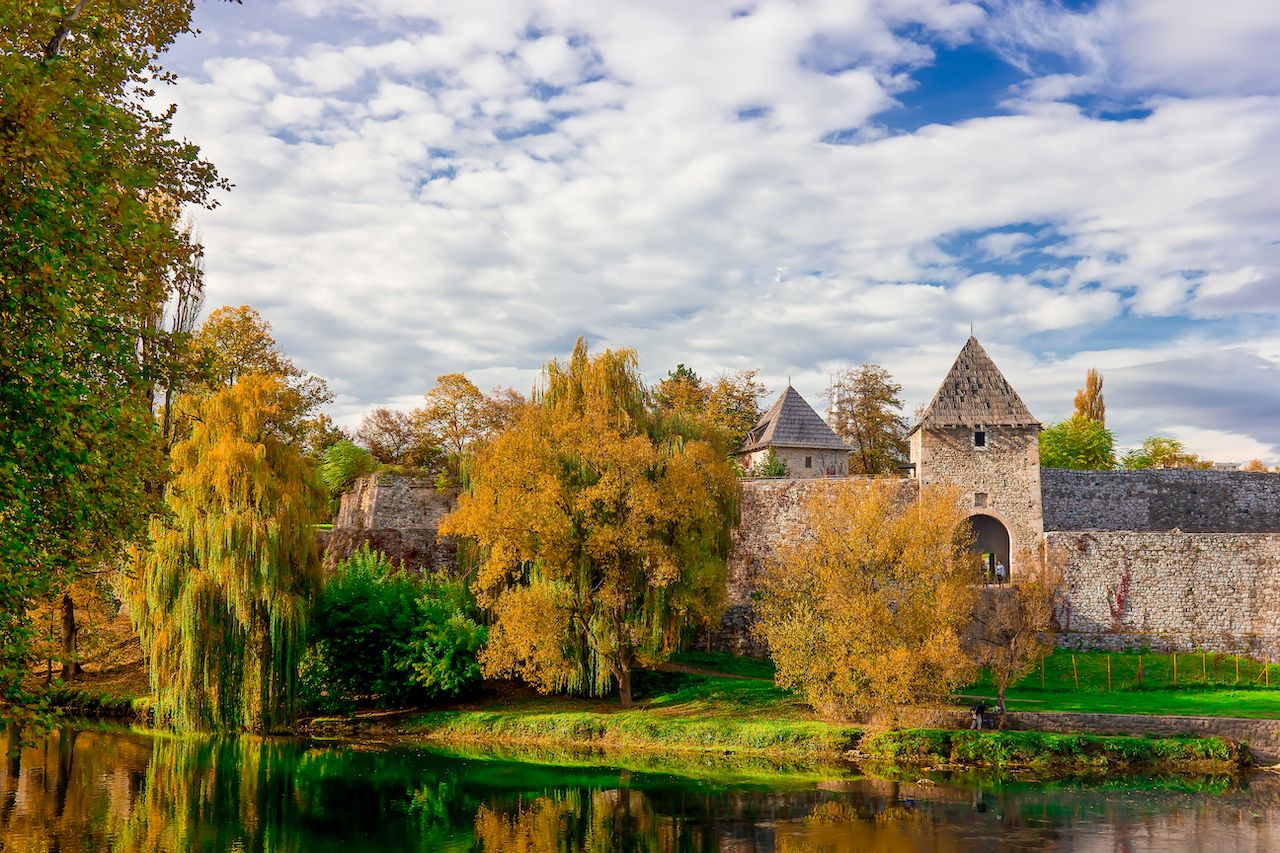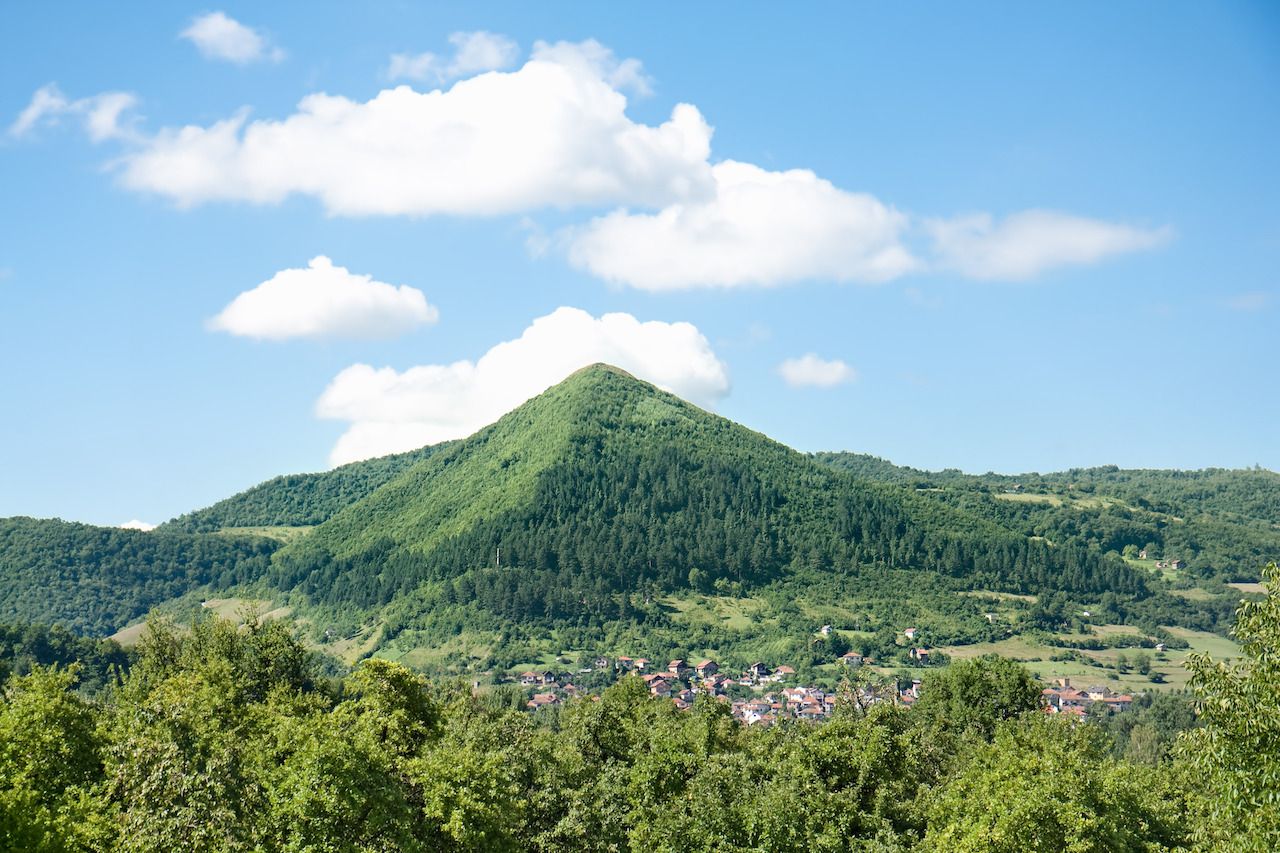Much of what the average American knows about Bosnia and Herzegovina comes from history books, not travel blogs. Its capital, Sarajevo, has been immortalized as the city in which World War I began. Textbooks trace centuries of East-West trade through Ottoman Bosnia and chronicle the country’s century under Austro-Hungarian rule. Modern editions cover the Bosnian War, considered by many to be the worst European atrocity since World War II.
As history lessons go, however, no amount of thumbing through books can compete with watching Bosnian life unfold below craggy mountain peaks. Of all its Balkan neighbors, which have historically been united under various empires and governments, Bosnia gives visitors the most open, honest, at times challenging, and rewarding glimpses into what life is, and was, like in the Western Balkans.






